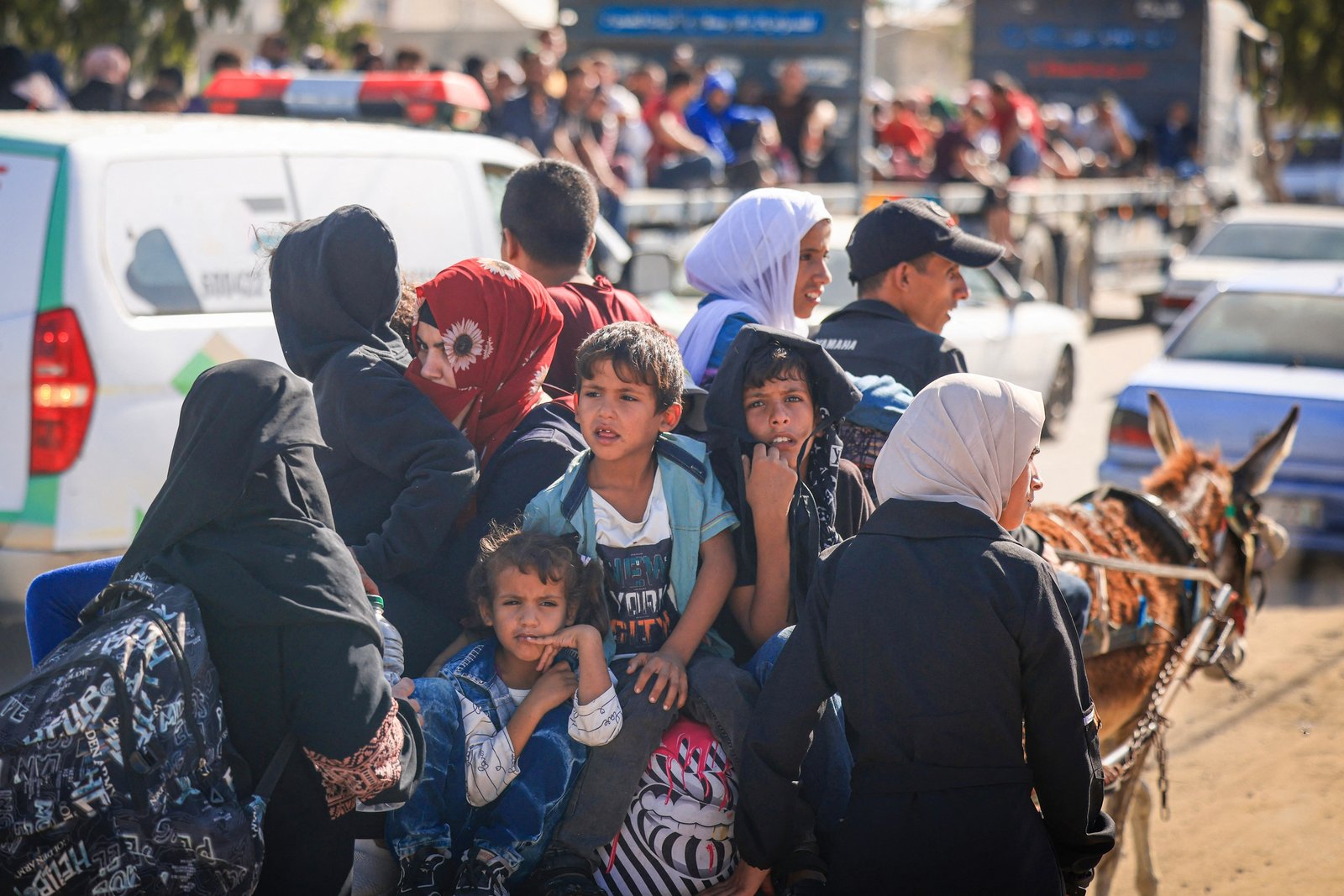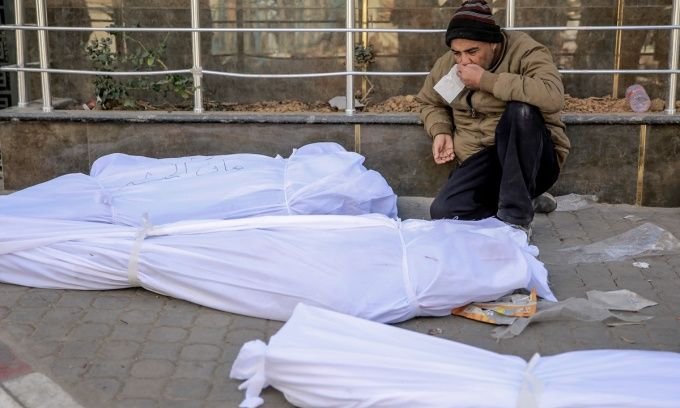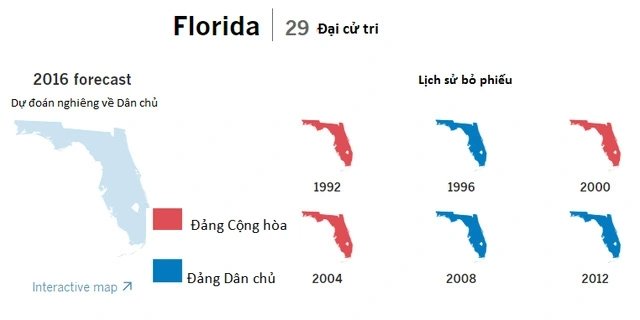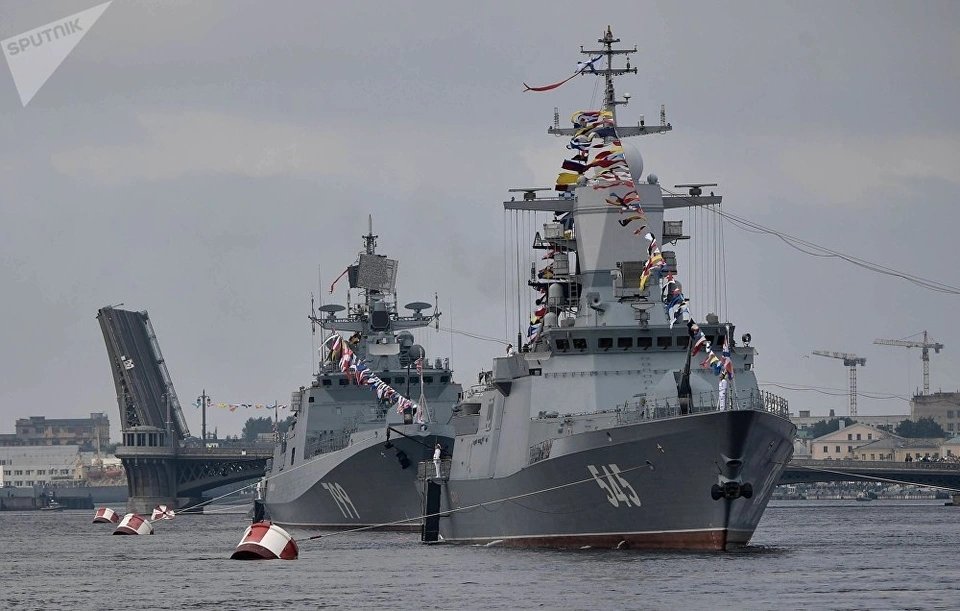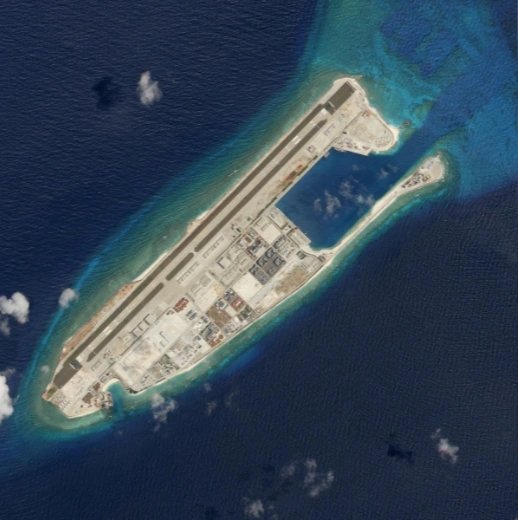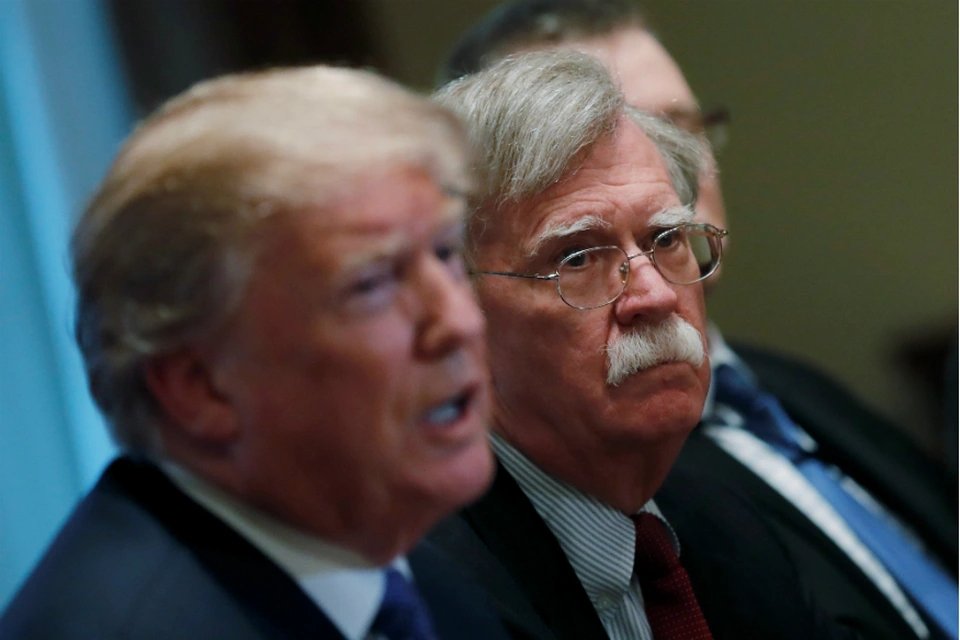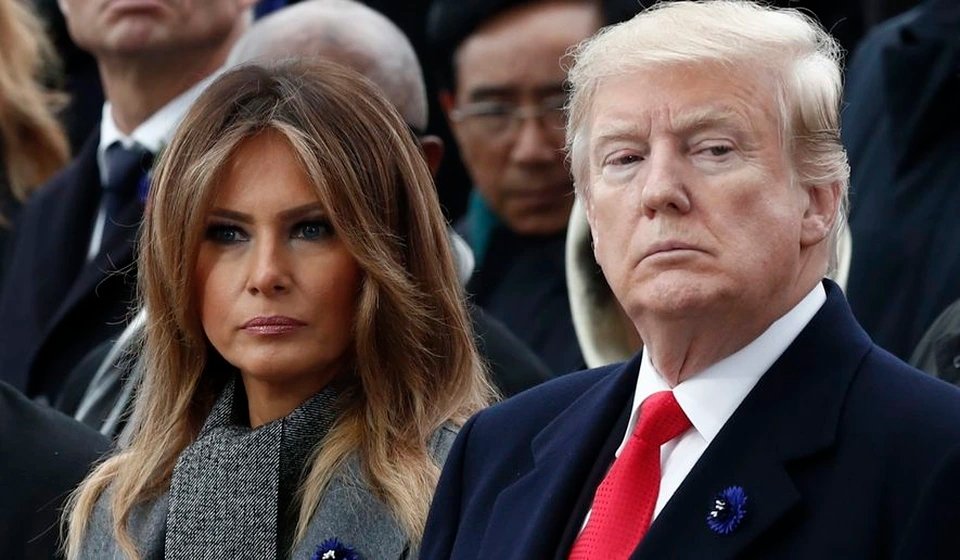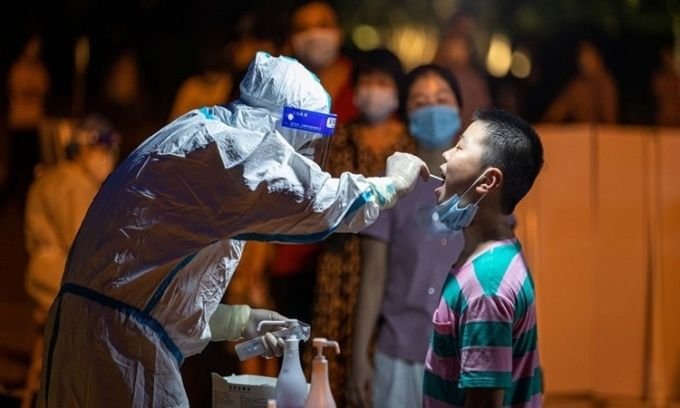
Wide-scale testing is an important pillar in China’s `zero Covid-19` anti-epidemic strategy.
At the end of July, when Yangzhou city, Jiangsu province, discovered an outbreak caused by the Delta variant, the local government performed 17.6 million tests, divided into 12 batches, taking place over three weeks.
To avoid cross-infection, Duong Chau has established 812 sampling points and sent more than 5,700 medical staff to collect test samples in most communities.
Medical staff took a test sample for a child in Putian city, Fujian province, China, on September 14.
`Almost every residential community has its own testing sample collection point and all residents can get samples without having to leave their place of residence,` said Lu Xueqin, a nurse participating in the epidemic prevention in Yangon.
Lu added that the government arranged times for residents of apartment buildings and dormitories to come down to take samples at different times to avoid large gatherings.
Due to limited local testing capacity, Duong Chau has received support from neighboring provinces.
This laboratory can conduct 150,000 tests per day.
With the above method, the laboratory can test up to 1.5 million samples per day.
China recently updated its large-scale testing process to better respond to the highly contagious Delta variant.
For a city of less than 5 million people, the testing completion time remains the same at two days as the previous version of the process announced in February.
If necessary, the city government of more than 5 million people can ask for government support to complete testing within the prescribed time frame.
However, China’s large-scale testing method also has certain disadvantages.
According to Cai Yutong, a volunteer at a sampling site in Hanjiang district, Yangzhou city, tests usually take place from 6 a.m. until there are no more people, sometimes lasting until late at night.
`We don’t have enough doctors,` Cai said.
`Wide-scale testing creates a huge burden on medical staff as they have to work more than 10 hours a day without knowing when this work will end,` Cai shared.
`Some people don’t seem to care because they say the results will all be negative in the end,` Cai said, referring to the fact that only a very small number of people tested positive.
Widespread testing not only puts pressure on medical staff but also affects the government’s budget.
If the combined testing cost as announced by Jiangsu province is 3 USD per time, the large-scale testing campaign in Yangzhou spent nearly 5.42 million USD in 20 days of implementation in August.
Because the Chinese government is determined to resolutely pursue a `zero Covid-19` strategy, repeated widespread testing, although costly, is still considered the only option to help the country prevent the virus from spreading widely in the future.
Wu Feng, head of the Department of Respiratory and Intensive Care at the Affiliated Hospital of Yangzhou University, said that multiple large-scale testing is a must.
`Virus transmission is a continuous process, but testing only gives information at a specific time. Therefore, it is impossible to detect all infections or trace all sources of infection if only testing one
`Wide-scale testing is a tool to help narrow the scope of transmission to develop more targeted containment measures and minimize other resources needed to isolate the community,` said Dr. Leung Chi-Chiu, specialist
In Singapore, the country’s government announced earlier this month that it would conduct more aggressive testing to deal with a new serious outbreak caused by the Delta variant.
On September 6, announcing new measures to respond to Covid-19, Finance Minister Lawrence Wong said the government would expand routine testing with a frequency from every 14 days to every 7 days,
The government will issue a health risk alert (HRW) for individuals identified as close contacts of Covid-19 cases or those who have been near patients for a long period of time.
Individuals receiving HRW will be required to take a PCR test and self-isolate until a negative result is received.
Meanwhile, people who have been to locations with Covid-19 cases, according to records kept on the SafeEntry tracing application, will receive a health risk alert (HRA).

Singaporean medical staff took a Covid-19 test sample for a migrant worker last year.
According to Singapore’s Ministry of Health, HRW and HRA are not quarantine orders but individuals receiving these warnings should limit social interactions for 14 days.
In order to detect infections early, mandatory testing according to the process will be expanded to employees of shopping malls, supermarkets, delivery staff, including goods and food, or public transport staff.
Previously, only workers working in high-risk settings such as restaurants, personal care services and gyms were required to get this test.
The government will pay for testing costs for those on the above monitoring list, both vaccinated and unvaccinated, until the end of this year.
Officials will also distribute ART kits to companies in fields that do not require mandatory testing.
Minister Wong urged people to regularly get tested and limit non-essential social activities during the current period.
`With all these measures, we hope to be able to slow the spread of the virus without having to return to a state of high alert or blockade,` he said.

